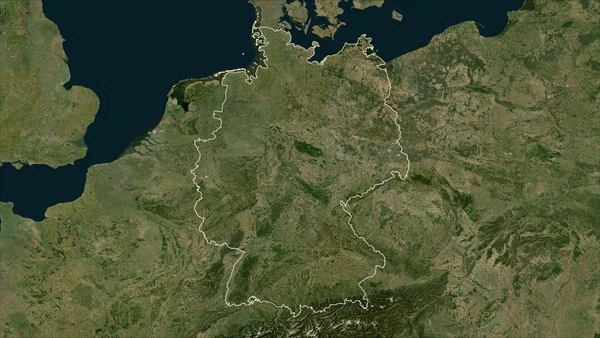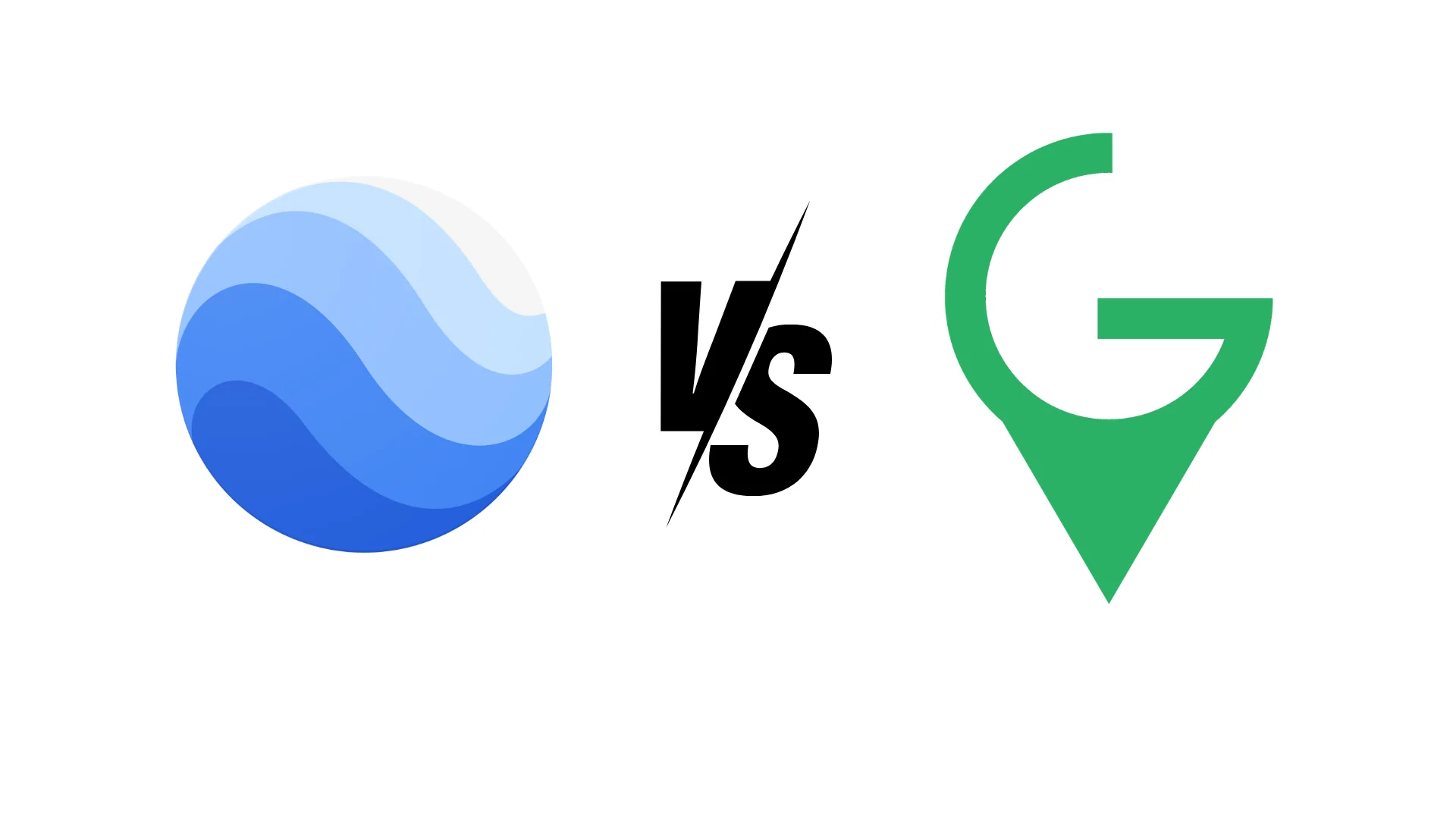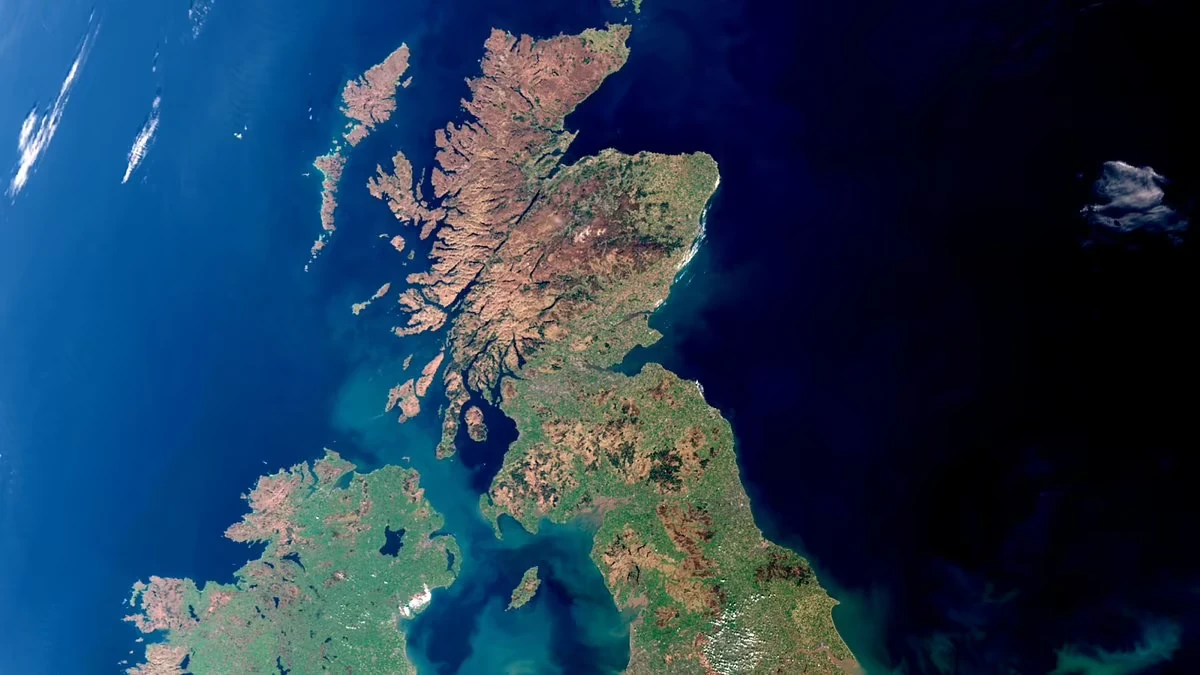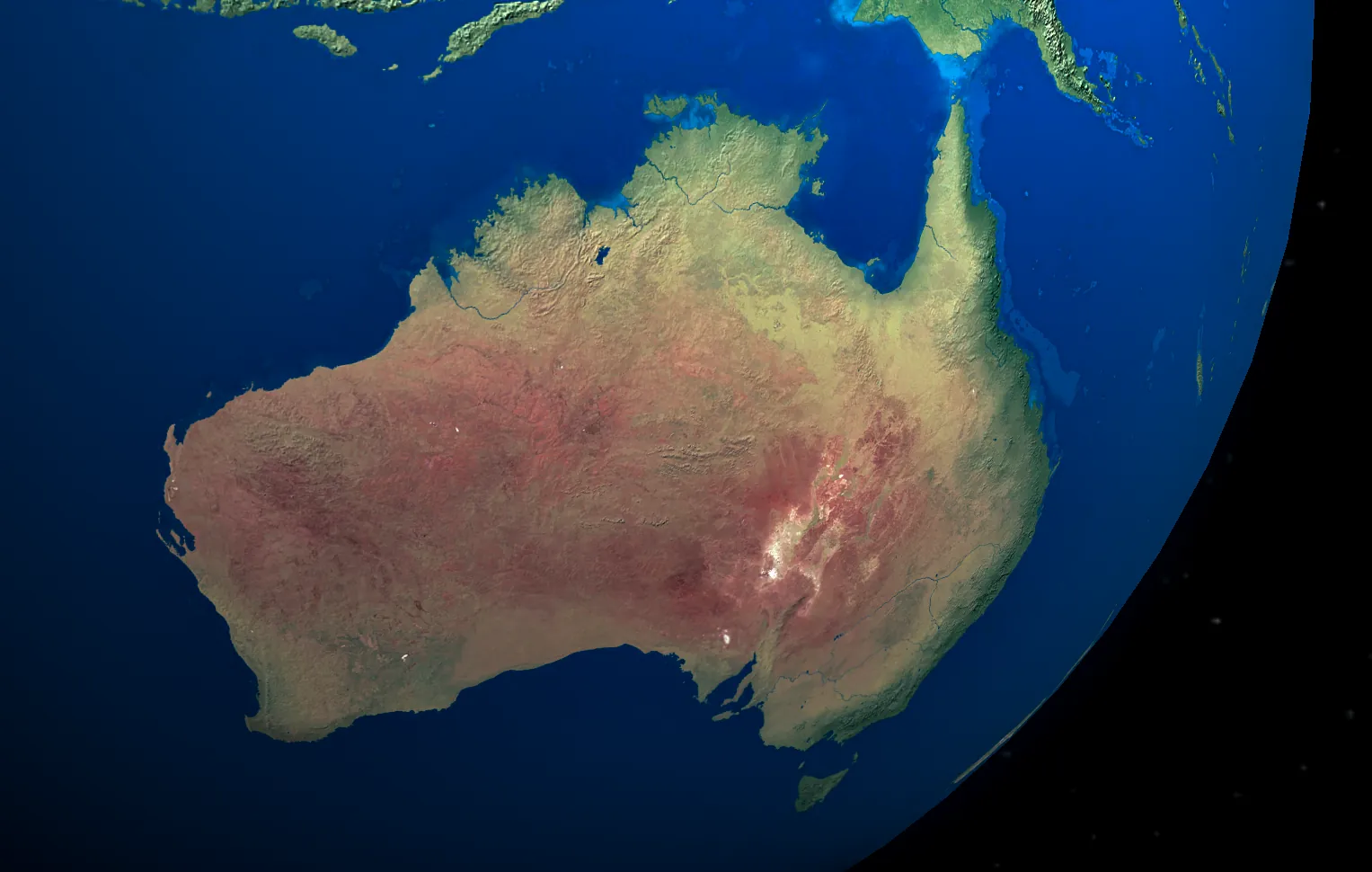10 Best Free Sources of Satellite Data for Germany
Summary
Pera Portal: Unlimited free Sentinel-2 browsing with 45+ pre-configured spectral indices (NDVI, NDWI, EVI, etc.) viewable in-browser. Advanced band ratio calculations, zero setup required. Global coverage including comprehensive German imagery. Plus access to 100+ commercial satellites for premium imagery when needed
Copernicus Data Space Ecosystem: Best comprehensive source for European satellite data with extensive Germany coverage
BKG (Federal Agency for Cartography and Geodesy): Best for official German government geospatial data and topographic maps
GeoPortal.de: Best for accessing German state and federal geospatial data from multiple agencies
Google Earth: Best for general purpose viewing and basic exploration of your property
State-Level Geoportals: Best for high-resolution state-specific imagery from Bavaria, North Rhine-Westphalia, Baden-Württemberg, etc.
ESA Earth Online: Best for accessing European Space Agency satellite missions and research data
NASA Earthdata Search: Best for scientific research and comprehensive global satellite data
Maxar Open Data Program: Best for disaster response imagery during floods and emergencies
Zoom Earth: Best for near-current weather and environmental condition tracking across Germany
Overview
Looking for satellite images of your house in Germany? Want to view historical satellite imagery of your property for free? You’re in the right place.
This guide will help you explore the various sources of satellite data available in Germany, whether you want to view imagery directly in your browser or download data for further analysis.
Understanding Real-Time Satellite Imagery
Many people search for “live satellite view” or “real-time satellite images” of their house, but here’s the truth — despite what movies might suggest, live satellite imagery isn’t possible with current technology. What you see on mapping platforms is usually imagery captured weeks or even months ago.
What’s Available in Germany
If you’re searching for free satellite imagery in Germany, it’s important to understand what’s available:
- Most free satellite images are updated every few months to years.
- Free imagery generally has lower resolution (you can see buildings, but not detailed features).
- High-resolution imagery with clear details often requires a paid subscription.
- Real-time satellite imagery does exist but is typically limited to weather forecasting or emergency services.
Fortunately, Germany has excellent access to satellite data through the EU’s Copernicus program, German federal agencies, and state-level geoportals. Whether you are a property owner, researcher, or just curious, we’ll walk you through the best free and paid options available.
1. Copernicus Data Space Ecosystem
The European Union’s Copernicus program is the premier platform for accessing free, high-quality satellite data across Europe including comprehensive Germany coverage.
Key Features:
- Sentinel-2 optical imagery updated every 5 days with 10-meter resolution.
- Sentinel-1 radar data for all-weather monitoring.
- Complete historical archive dating back to 2014 (Sentinel-1) and 2015 (Sentinel-2).
- Free access without download limits or registration barriers.
- Cloud-based visualization and download options.
- Ideal for environmental monitoring, agriculture, forestry, and urban development tracking.
- Pan-European coverage with consistent data quality.
2. BKG - Federal Agency for Cartography and Geodesy
BKG’s Geodata Centre provides official German government geospatial data including satellite imagery and topographic products.
Key Features:
- Official federal geospatial data for all of Germany.
- Digital elevation models and terrain data.
- Topographic maps and administrative boundaries.
- Integration with European geodata initiatives.
- Free access to many datasets without registration.
- Authoritative data for official planning and research applications.
3. Pera Portal
Our Pera Portal provides completely free, unlimited access to Sentinel-2 satellite imagery with advanced analytical capabilities that surpass most free platforms.
Key Features:
- Unlimited free Sentinel-2 browsing with no registration walls or download limits.
- 45+ pre-configured spectral indices viewable instantly in your browser:
- NDVI (vegetation health and crop monitoring)
- NDWI (water detection for German rivers and lakes)
- EVI (enhanced vegetation index for German agriculture)
- SAVI (soil-adjusted for agricultural regions)
- MSAVI, NDBI, and many more
- Custom band ratio calculations — create your own indices for specialized analysis.
- Zero setup required — view processed imagery immediately without downloading or installing software.
- Global coverage including comprehensive German imagery updated every 5 days.
- Ideal for German applications:
- Agricultural monitoring across Bavaria, Lower Saxony, and other agricultural states
- Forest health assessment in Black Forest, Bavarian Forest, and Harz regions
- Rhine, Danube, and Elbe river monitoring
- Urban development tracking in growing cities
- Renewable energy site assessment (solar farm monitoring, etc.)
- Coastal monitoring along North Sea and Baltic Sea coasts
- Premium commercial imagery access — upgrade to browse 100+ commercial satellites with sub-meter resolution when you need more detail.
Unlike other platforms that require technical knowledge or large downloads, Pera Portal makes advanced satellite imagery analysis accessible to everyone — from farmers monitoring precision agriculture to researchers tracking land use changes across German landscapes.
4. GeoPortal.de
GeoPortal.de is Germany’s central access point for geospatial data from federal, state, and local government agencies.
Key Features:
- Unified access to data from all 16 German states (Bundesländer).
- Integration of federal and state-level satellite imagery.
- Standardized search across multiple data providers.
- Links to state-specific geoportals for detailed local data.
- Free access to harmonized datasets across Germany.
- Compliance with EU INSPIRE directive for data sharing.
5. Google Earth
Google Earth provides high-resolution satellite imagery across Germany. It’s the easiest platform for casual users who want to view satellite images of their house.
Key Features:
- Simple, intuitive interface accessible from any web browser.
- Historical imagery slider to view changes over time.
- 3D building models for major German cities including Berlin, Munich, Hamburg, and Frankfurt.
- Coverage of all regions from North Sea coast to Bavarian Alps.
- Not suitable for downloading raw satellite data or technical analysis.
6. State-Level Geoportals
German states (Bundesländer) provide their own high-resolution imagery and geospatial data, often with more frequent updates than federal sources:
Bavaria - BayernAtlas
BayernAtlas provides high-resolution aerial imagery and satellite data for Bavaria.
North Rhine-Westphalia - GEOportal.NRW
GEOportal.NRW offers comprehensive geospatial data for Germany’s most populous state.
Baden-Württemberg - Geoportal BW
Geoportal BW provides detailed imagery and spatial data for Baden-Württemberg.
Other State Geoportals
- Berlin: FIS-Broker Berlin
- Saxony: GeoSN Geodatenportal
- Hesse: Geoportal Hessen
- Lower Saxony: LGLN Geodatenportal
7. ESA Earth Online
The European Space Agency’s Earth Online provides access to ESA satellite missions and Earth observation data.
Key Features:
- Access to ESA’s complete satellite mission archive.
- Sentinel data with additional processing and products.
- Historical data from older ESA missions.
- Research-grade datasets and analysis tools.
- Free registration for access to comprehensive archives.
- Ideal for scientific research and advanced applications.
8. NASA Earthdata Search
NASA Earthdata Search provides comprehensive satellite datasets with global coverage including Germany.
Key Features:
- Complete Landsat archive dating back to 1972 for long-term German landscape analysis.
- MODIS data for large-scale environmental monitoring.
- Free registration and unlimited downloads.
- Advanced search filters by location, date, and cloud cover.
- Essential for scientific research and climate studies.
9. Maxar Open Data Program
Maxar offers high-resolution commercial satellite imagery for free during natural disasters and emergencies in Germany.
Key Features:
- Sub-meter resolution imagery during floods (particularly along Rhine, Elbe, and Danube).
- Released within 24-48 hours of disaster events.
- Critical for emergency response during severe weather events.
- Before-and-after imagery for disaster assessment and recovery planning.
- Partnerships with European emergency management agencies.
10. Zoom Earth
Zoom Earth provides frequently updated satellite imagery, focusing on weather patterns and environmental conditions across Germany.
Key Features:
- Near-current weather and storm tracking.
- Updated multiple times daily with latest satellite passes.
- Excellent for tracking weather systems from the North Sea and Atlantic.
- Time-lapse animations showing weather development.
- No registration required for basic viewing.
- Useful for agricultural planning and weather monitoring.
Tips for Making the Most of Free Satellite Imagery Platforms
1. Find the Right Platforms. We’ve highlighted some of the best satellite data providers for German applications. Start with Copernicus and state-level geoportals for the best German-specific data.
2. Understand Platform Capabilities. Each platform offers unique features. Familiarise yourself with their resolution, data quality, and update frequency to match your project’s needs. Germany’s well-developed data infrastructure provides excellent free options.
3. Define Your Requirements. Specify what you need — the area of interest, time range, spatial resolution, and spectral bands — and use search filters to narrow down the results. German territories have excellent coverage across all platforms.
4. Use Visualisation Tools. Many platforms provide built-in tools to help you explore and analyse the data. Pera Portal’s spectral index capabilities, for example, can provide insights into crop health, forest conditions, and water resources without needing external software or technical expertise.
5. Be Selective with Downloads. Rather than downloading full datasets, focus on specific tiles or areas of interest to save time and storage space. For many use cases, cloud-based platforms like Pera Portal eliminate the need for downloads entirely.
By following these tips, you’ll be able to make the most of the available satellite imagery resources in Germany, whether you’re conducting research, evaluating property, monitoring agricultural land, tracking environmental changes, or assessing infrastructure development across this technologically advanced nation.




